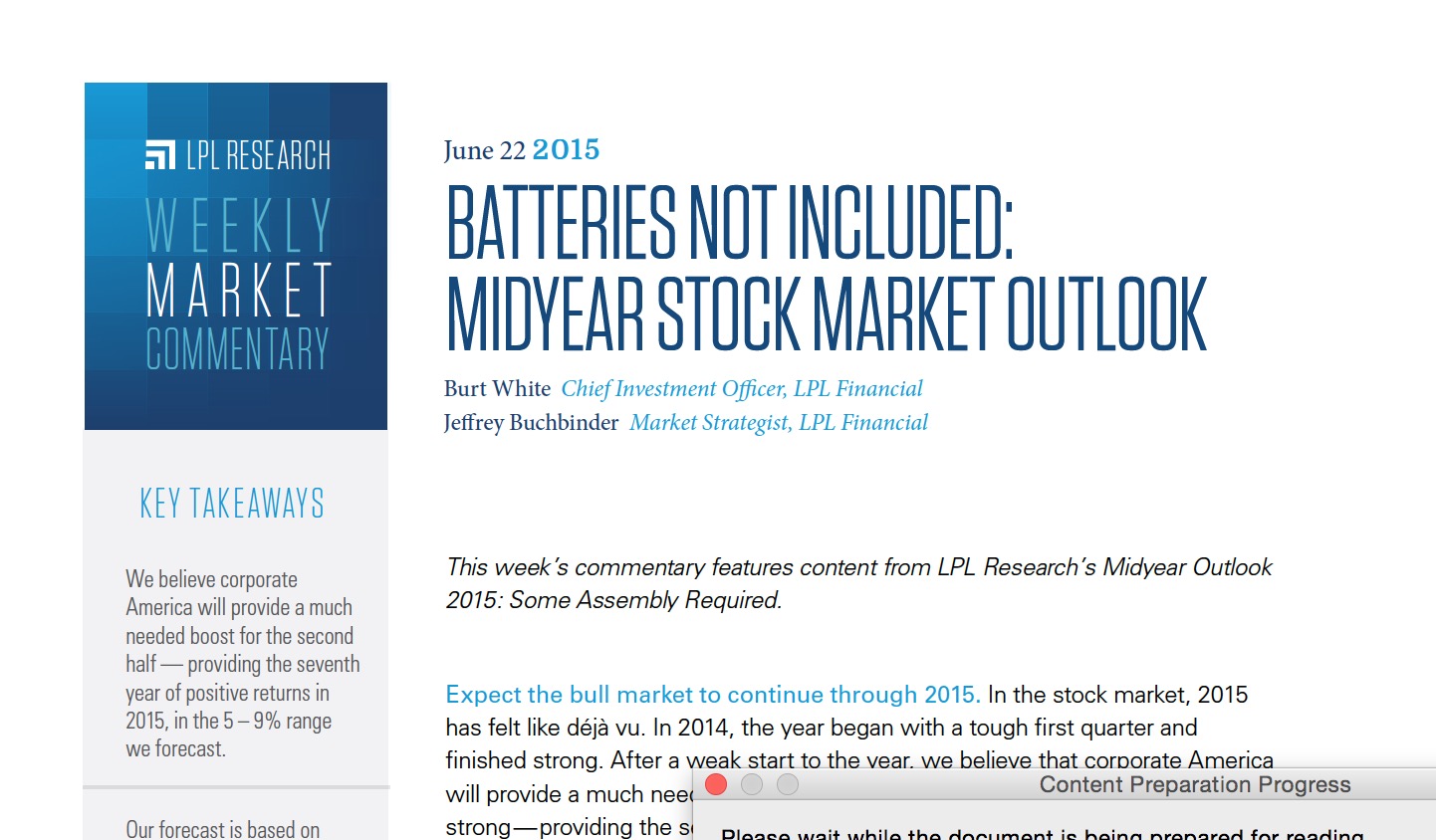by Alexander Bareboym, AllianceBernstein
Stocks still seem attractive, but it’s important to guard against a potential spike in market volatility. Today’s low-volatility environment happens to be a good time to shop for downside protection.
Based on our assessment, developed-market equities remain worthy of an overweight in diversified portfolios. Valuations aren’t attractive, but this is offset by the high quality of corporate balance sheets. A favorable macro backdrop, with low interest rates and subdued inflation, adds further support.
However, the potential for a market reversal bears watching. Volatility has been low for three years; the VIX, which measures the annualized volatility implied by call options on the S&P 500 Index, bottomed out recently close to 12%. That’s in the lowest 10% of all readings since 1990. But volatility has been prone to spike in the past (Display 1)—and could spike again.
Balancing growth potential with downside protection is hardly a new problem. But the market keeps changing, and so do the answers.

Manage Risk with an Integrated Framework
We think it makes sense to combine three complementary approaches: diversify, adapt and insure (Display 2). Each approach may have limitations, and some work better than others depending on the environment. Combining them creates a more effective tool set.

Let’s start with diversification. Combining return sources with low correlation to reduce volatility is a long-established principle of portfolio design. But the benefit of diversification, as measured by correlations, fluctuates over time. Bonds, for example, are valuable long-term diversifiers for equities, but right now their short-term correlation is higher than average, making them somewhat less effective as diversifiers. Bonds are also expensive right now because interest rates are so low.
Adapting portfolio allocations dynamically as market conditions change complements diversification by tailoring a portfolio’s risk level to the prevailing environment. This includes reducing the portfolio’s risk, or “de-risking,” in challenging markets. Right now, our assessment indicates an equity overweight is warranted, but given the potential for volatility to spike, we also think that some more explicit downside protection makes sense.
Cheap Call Options: Automatic De-Riskers
That’s where a third approach to volatility management complements the other two principles. It’s a more direct form of protection against short-term, sharp market declines that uses call options or tail-hedging strategies. If this form of portfolio insurance is used constantly with no eye on the cost, it can eat into returns. But today, call options seem like a bargain.
Using S&P 500 call options as part of an equity allocation can improve the return experience. If the equity market continues up, the portfolio gains from its equity exposure. If the market declines quickly, the portfolio is able to de-risk more rapidly, because the call option acts as a switch that turns off some of the equity exposure. This reduces the impact of the original equity overweight.
Why are options such an attractive choice today? It’s because volatility is low, which makes options cheaper. If the market declines rapidly, volatility is much more likely to rise; if the market rises, we don’t expect volatility to decline substantially from its already low levels. This asymmetry means that the call option position can capture more upside now than it would if it were used in more normal conditions.
There’s more than one way to manage portfolio volatility, and the challenge evolves over time. We think it makes sense to tackle this dynamic challenge with a broad tool set and a dynamic approach. Today, that framework reveals call options to be a cost-effective way to participate in a rising market while keeping an eye on potential downside risk.
The views expressed herein do not constitute research, investment advice or trade recommendations and do not necessarily represent the views of all AB portfolio-management teams.
Copyright © AllianceBernstein













